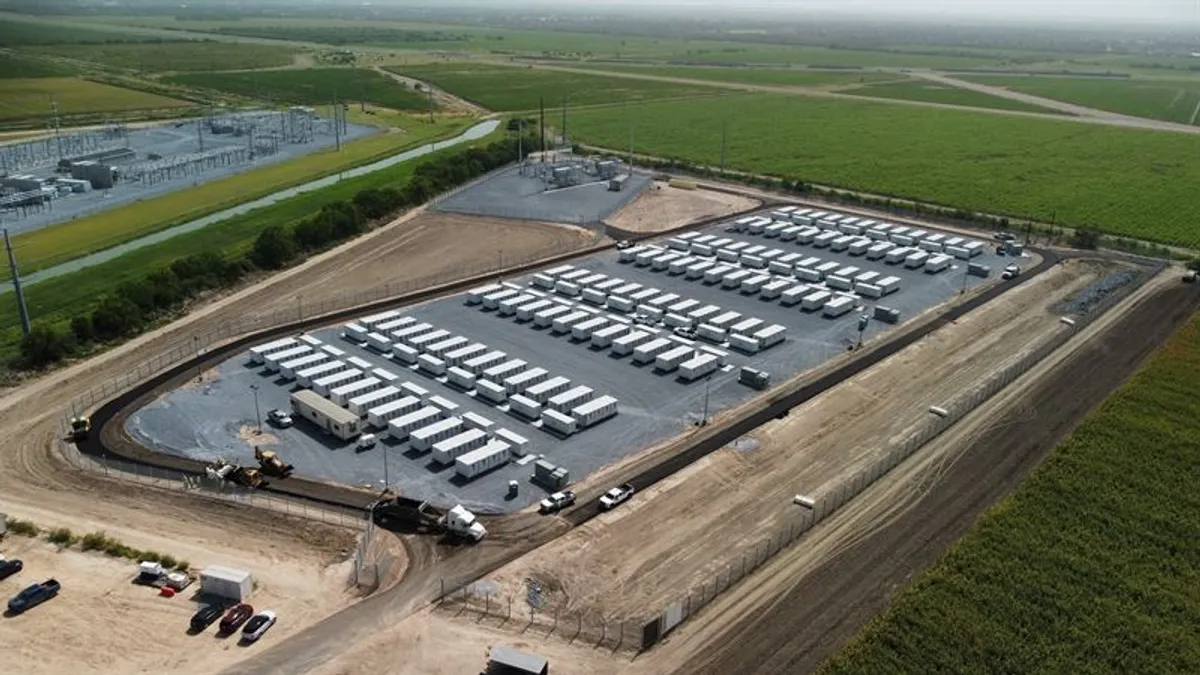Building 8.5 GW of 4-hour energy storage systems in Illinois could save the state’s ratepayers $3 billion from 2030 through 2049, mainly by lowering wholesale capacity prices, according to a study released Monday.
The storage capacity, which would cost about $25 billion, would also produce $7.3 billion in benefits by reducing power outages and up to $4.9 billion in benefits from less air pollution, The Power Bureau, a consulting firm that wrote the study, estimated.
The study was conducted for the American Clean Power Association, the Coalition for Community Solar Access, the Solar Energy Industries Association and the Clean Grid Alliance.
The study aimed to assess the effects of energy storage legislation that is pending in the Illinois General Assembly — H.B. 5856 and S.B. 3959. Among other things, the bills would direct the Illinois Power Agency to conduct solicitations to buy energy storage credits and would require utilities to set tariffs for virtual power plants.
The legislation calls for acquiring 7.5 GW of utility-scale storage and 1 GW of distributed storage, according to the study. However, 15 GW of storage may be needed to ensure grid reliability in Illinois, the study noted.
Building 15 GW of storage between 2030 and 2049 would cost about $46 billion but produce about $2.4 billion in net savings for ratepayers over that period, mainly by reducing capacity prices, according to the study.
The study was written for the American Clean Power Association, the Coalition for Community Solar Access, the Solar Energy Industries Association and the Clean Grid Alliance.
“Accelerating retirements of fossil fuel power plants, delays in deployments of renewable energy resources, and the exceptionally long lead times related to delivering regional transmission solutions lead to the conclusion that delivering energy storage resources into Illinois is the approach to ensuring the reliability of the power grid in Illinois,” Mark Pruitt, the study’s author and former director of the Illinois Power Agency, said in the report.
Under Illinois’ Climate and Equitable Jobs Act, power plant units larger than 25 MW are required to eliminate their greenhouse gas and other emissions by 2045 or stop operating. At the same time, demand for electricity in Illinois appears to be growing, according to the study.
Illinois could face a 2.4-GW to 4.2-GW shortfall as soon as 2030 depending on the pace of renewable energy additions and electricity demand growth, according to the analysis. Under a “business as usual” scenario, the state could have a 2.2-GW shortfall in 2031, the study found.
“Energy storage may be one of the few options available to Illinois to maintain high system reliability at a reasonable cost to consumers,” Pruitt said.















